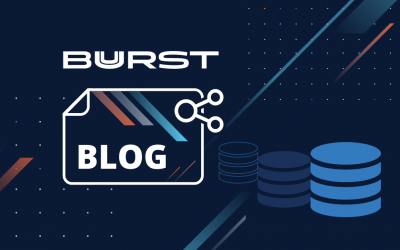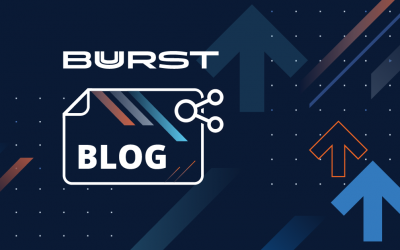It’s interesting being out front where technology paradigm shifts take place. At SoftNAS, we are increasingly seeing customers facing a major fork in the road ahead and a critical decision point where their IT infrastructure is concerned:
Door #1 – Renew legacy storage array maintenance for 3 to 5 years and re-commit to our own data center
Door #2 – Move away from the legacy storage arrays and onto commodity x86 servers with software-defined storage and virtual storage apps
Door #3 – Bite the bullet and migrate mission-critical data and applications to IaaS in the cloud.
Increasingly, we are seeing companies choosing door #3, especially when faced with hundreds of thousands or millions of dollar maintenance renewals of their EMC(R), NetApp(R) or other legacy storage arrays. And industry analysts are seeing the same trend we do (as do the financial analysts, who are dealing firsthand with the fallout this market shift is causing for public company storage vendors).
I read an interesting post today on The Register and Forrester’s Henry Baltazar’s blog entitled:
Forrester says it’s time to give up on physical storage arrays – the physical/virtual storage tipping point may just have arrived. It says:
The storage industry knows that the market for physical arrays is in decline. Cheap cloud storage and virtual arrays have emerged as cheaper and often just-as-useful alternatives, making it harder to justify the cost of a dedicated array for many applications.
Forrester knows this, too: one of its analysts, Henry Baltazar, just declared you should “make your next storage array an app”.
Baltazar reckons arrays are basically x86 servers these days, yet are sold in ways that lock their owners to an inelastic resource for years. Arrays also attract premium pricing, which is not a a good look in these days of cloud services and pooled everything running on cheap x86 servers.
The time has therefore come to recognize that arrays are expensive and inflexible, Baltazar says, and make the jump to virtual arrays for future storage purchases.
Storage has been confined to hardware appliance form factors for far too long. Over the past two decades, innovation in the storage space has transitioned from proprietary hardware controllers and processors to proprietary software running on commodity X86 hardware….
While this is all true, I think it misses the bigger picture and increasingly the more critical decision that IT managers must make. Whether to be in the hardware business at all going forward.
Cloud platforms like Amazon’s AWS and Microsoft Azure are becoming the new pivot point for IT, when faced with major investment decisions driven by storage maintenance coming up for renewal, major expansions of existing storage arrays to support new projects or major new application projects being undertaken by DevOps teams. I expect vCloud Air, Google Cloud, HP Cloud, Rackspace Cloud and myriad other niche cloud players like FireHost will continue to attract more customers who are ready to just get out of the hardware business altogether and focus instead on the backlog of IT projects at hand, and rolling out new applications faster, easier and less expensively.
Of course, for some time many companies will continue with their historical incrementalism approach to IT, paying whatever they must and moving forward along the path of least resistance and perceived risk; however, in these times of cost containment and increased IT budget efficiency, others are now questioning their overall IT infrastructure strategy, realizing there is a fork in the road ahead…
The fundamental question is increasingly whether the company should continue to be in the data center and/or hardware business at all, or start fresh with cloud-based IaaS. For those committed to remaining in the data center and hardware business, as Baltazar correctly points out, customers are now choosing to take more ownership of their data management needs with software-defined storage, leveraging virtual storage and software-defined storage with commodity servers and storage gear.
We see all three paths being taken, and acknowledge there is no right or wrong answer – just different ways forward based upon each customer’s overall business and IT strategy, objectives and budgets constraints.
Of course, we’re happy to see customers choosing door #2 or door #3, where SoftNAS enables our customers with something they have never before enjoyed when it comes to storage – the freedom to choose whichever approach they want and need – pure cloud IaaS, software-defined storage on-premise or in the colo facility, or some hybrid combination that makes the transition easier and more incremental.
—————-
Rick Braddy is founder of SoftNAS and inventor of SoftNAS, the #1 Best-Selling NAS in the Cloud.
See us in booth #801 at VMworld 2014, where we will be demonstrating how customers now have freedom of choice where data storage and IT platforms are concerned.







